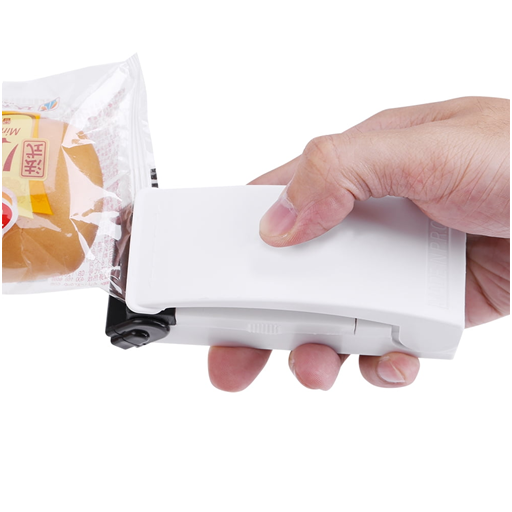The mop, a ubiquitous household item, has long been an essential tool for ensuring clean and hygienic living spaces. This article will delve into the historical origins, functionalities, and enduring significance of the mop in household cleaning routines, highlighting its evolution and modern adaptations.
Origins and Development:
The roots of the mop stretch back through history to ancient civilizations, where rudimentary versions comprised materials such as cloth or plant fibers affixed to a handle. Over time, the mop has undergone significant evolution, witnessing advancements in design and materials. From the introduction of sponge mops to the incorporation of microfiber technology, each innovation has contributed to enhancing the mop’s effectiveness and durability.
Functionality and Usage:
Fundamentally, the mop serves the purpose of absorbing liquids and removing dirt and debris from floors. Its construction typically includes a handle and a mop head crafted from materials like cotton, synthetic fibers, or microfiber. The mop is utilized in conjunction with water or cleaning solutions for both wet and damp mopping tasks, catering to various surface types and cleaning requirements.
Types of Mops:
The diversity of mops available in the market reflects their versatility in addressing different cleaning needs. String mops, characterized by long yarn or fabric strands, excel in scrubbing and absorbing spills on hard surfaces. Sponge mops, featuring a sponge-like head, are ideal for wet mopping smooth floors. Flat or microfiber mops, with their rectangular heads, offer flexibility for dry or damp mopping and are favored for their efficiency and ease of use.
Modern Advancements:
In recent years, the mop industry has seen remarkable advancements aimed at improving cleaning efficiency and user convenience. Some contemporary mops boast built-in wringers or self-wringing mechanisms, streamlining the process and reducing manual effort. The integration of microfiber technology has significantly enhanced cleaning performance, offering superior dirt-trapping capabilities and increased durability compared to traditional materials.

Environmental Considerations:
Amidst growing environmental concerns, there is a notable shift towards eco-friendly mop alternatives. Reusable mop heads crafted from sustainable materials are gaining traction, presenting a greener option compared to disposable counterparts. Moreover, water-saving features and biodegradable cleaning solutions are being incorporated into mop designs, aligning with the eco-conscious ethos of modern consumers.
Conclusion:
In summary, the mop stands as an indispensable tool for maintaining cleanliness and hygiene within households. Its evolution from ancient origins to modern adaptations underscores its enduring relevance in household cleaning routines. With its versatility, effectiveness, and adaptability to evolving cleaning needs, the mop remains an essential component of home cleaning arsenals. As technology progresses and environmental consciousness deepens, the future of mopping promises further innovations aimed at enhancing efficiency while minimizing environmental impact.




![Snapchat Spectacles (5th Gen) [Top Features Unveiled] [2024] Snapchat Spectacles](https://barefootclimb.com/wp-content/uploads/2024/10/Snapchat-Spectacles-150x150.jpg)






